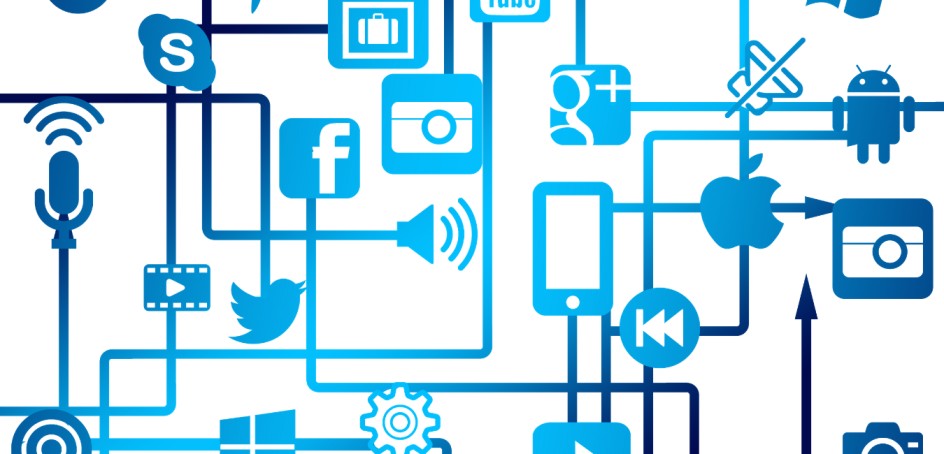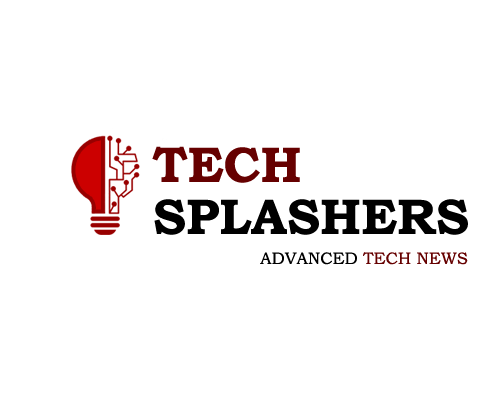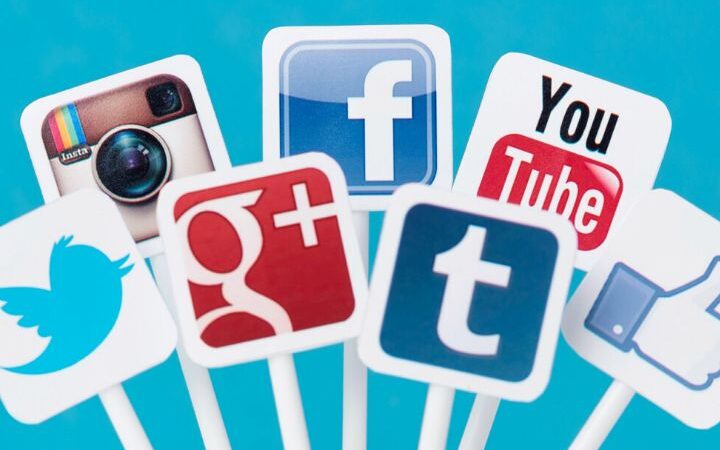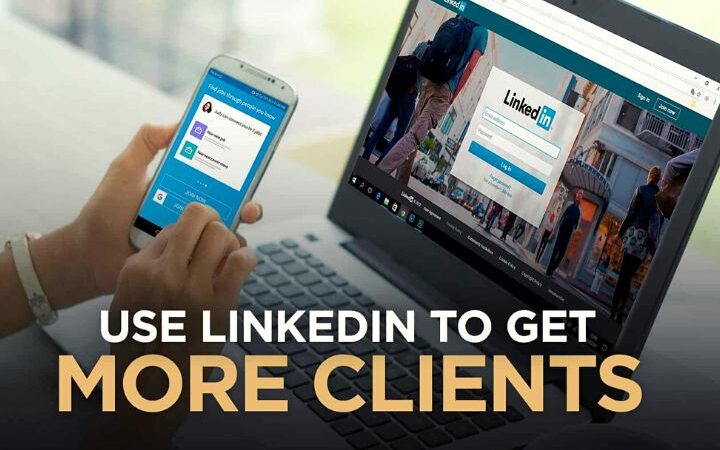7 Tips To Protect My Data On Social Networks

Today almost half of the world’s population uses social networks according to the latest data from the ‘Digital 2019’ report. Facebook occupies the first position with more than 2,500 million active users per month, followed by WhatsApp (1,500). In Spain, the preferred option for users is YouTube (89%), ahead of WhatsApp (87%) and Facebook (82%). In this article we give some tips to protect data on social networks
Despite its popularization, social networks pose a threat to user security, not only because all information related to it has become an upward value, increasingly coveted by companies, but also because it makes vulnerable to third parties who want to take advantage of this information for malicious purposes. PrivacyCloud advises to be cautious with the information published (including photos and videos), since it is never deleted, and follow the following recommendations in order to stay protected.
In the words of Sergio Maldonado, CEO of PrivacyCloud, “ although there is a widespread belief that they only take advantage of the name, profile data or photos, the reality is that this is only the tip of the iceberg , since it is recorded from the time that the user is connected to the number of publications and their content, going through the ‘likes’ and the contents to which they react. Not exceeding certain limits and establishing basic security measures are sufficient to reduce the visibility and exposure of your data to third parties . ”
Therefore, PrivacyCloud recommends that the user take into account the following tips:
Table of Contents
Pay attention to the fine print as terms and conditions of privacy policies and cookies
As a general rule, users accept them regardless of the consequences. According to the PrivacyCloud data, 83% of the most visited websites have abusive privacy policies for the user, so it is advisable to read them carefully. In addition, according to the same data of the company, most of the websites analyzed (99%) breach the obligation to allow the user to directly reject cookies with the same ease with which they are accepted, while 9% equate the transfer of data (through its acceptance) to an access toll, since they do not allow the user to visit the website if they do not accept cookies.
Avoid revealing private information on networks
Overexposure in social networks is a real problem and users are not always aware of the risk of sharing so much information about their private life. When they upload hundreds of photos every day of their vacation on Instagram, or share information on Facebook, they not only show the world how much fun they are having, but they are also giving valuable information.
Check the privacy settings
In addition to not disseminating more data than is strictly necessary, it is important that the user learn to properly configure the privacy options of their profile on the networks and activate the limits in each of them, since these features are usually disabled by default. In this way, only the people established by the user will have access to the data, reducing the risk that it could be used for malicious purposes.
Be cautious with contact management
It is important to decide and control which users are going to see the publications and can send friend requests. Would you share a picture of yourself with someone you don’t know in the offline world? It seems sensible to apply this common sense also to networks: To protect data on Social networks we have to understand if someone asks to be your friend, you should know him in real life before adding him to your account or, at least, review his profile before allowing him to access your personal data.
Be sure to always log out
Leaving the session open on social networks is one of the most common risks today. This is especially important if shared computers or Wi-Fi networks are used.
Monitor applications that connect to social media profiles
There are many games and applications on social networks, developed by third parties, that to use them, the user must accept certain conditions and access permissions to their profile. It usually happens that very few read in detail what the download implies without taking into account that it could be providing access to your personal data through the application such as access to email , photographs, information of our contacts, etc.
Use a personal data manager
One of the tools to protect the personal data of users is the personal data managers. This type of solutions allows the user to have a clear and detailed vision of what risks their privacy is running when using each of the applications they download, in order to understand what risks they are exposed if they accept the conditions of download and use.







